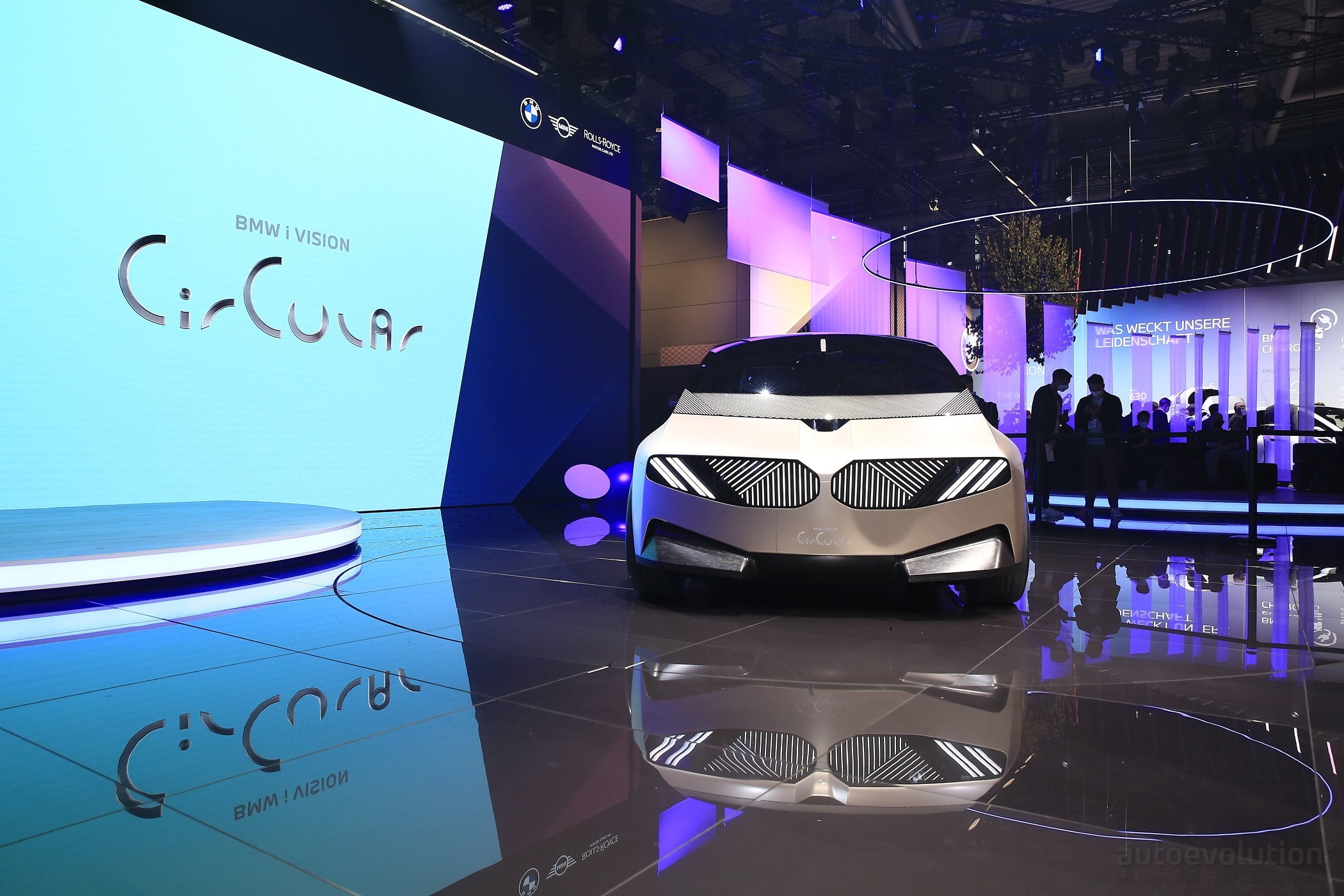@Diogenese
Maybe the answer.
In 2020 started using VeriSilicon NPU for their latest V37 at the time.
Would presume has just been iterations of same since.
Haven't looked into the VeriSilicon capabilities yet. Time for

VeriSilicon VIP9000 NPU AI processor and ZSPNano DSP IP bring AI-Vision and AI-Voice to low power automotive image processing SoC Shanghai, China, May 12, 2020 – VeriSilicon today announced that iCatch Technology, Inc. (TPEX: 6695), a global leader in low-power and intelligent image processing...

www.edge-ai-vision.com
VeriSilicon VIP9000 and ZSP are Adopted by iCatch Next Generation AI-powered Automotive Image Processing SoC
Shanghai, China, May 12, 2020 – VeriSilicon today announced that iCatch Technology, Inc. (TPEX: 6695), a global leader in low-power and intelligent image processing SoC solutions, has selected VeriSilicon VIP9000 NPU and ZSPNano DSP IP. Both will be utilized in the iCatch’s next generation AI-powered image processing SoC with embedded neural network accelerators powered by VeriSilicon’s NPU for applications such as automotive electronics, industrial, appliance, consumer electronics, AIoT, smart home, commercial and more.
VIP9000 is a highly scalable and programmable processor IP for computer vision and artificial intelligence applications and with support for all popular deep learning frameworks (TensorFlow, Pytorch, TensorFlow Lite, Caffe, Caffe2, DarkNet, ONNX, NNEF, Keras…), as well as OpenCLTM and OpenVXTM APIs. Neural network optimization techniques such as quantization, pruning, and model compression are also supported natively by VIP9000 architecture. AI applications can be easily ported to VIP9000 platforms through offline conversion by the Vivante AcuityTM SDK, or through run-time interpretation with Android NN, NN API, or ARM NN. The ZSPNano DSP provides complete programmability, industry leading power efficiency with a robust and mature SDK, enabling iCatch to extend audio and voice software applications smoothly including Acoustic Echo Cancelation (AEC), Noise Suppression and Beam Forming.
“By incorporating VeriSilicon key IP capabilities, our V37, the latest generation AI-powered image processing SoC for 4K video, can empower the edge computing capability right on the camera. Together with the embedded iCatch’s high quality image signal processing (ISP) engine and proprietary CV accelerator engine, we can drive the VeriSilicon NPU engine to the best TOPS/W performance. As a result, our AI-powered image processing SoCs not only can record high-quality video, but also perform advanced image analytics to bring intelligence to the camera devices. We successfully applied our AI-powered image processing SoCs into various applications.” said Weber Hsu, President of iCatch Technology, Inc.
“Edge AI computing has been applied in a wide range of market segments including consumer, industrial and automotive devices, especially in computer vision related applications. Image processors with built-in AI NPU have great growth momentum,” said Weijin Dai, Executive Vice President and GM of Intellectual Property Division at VeriSilicon.
“Smart eye and smart ear are essential for all the intelligent edge devices. The challenge is how to deliver the intelligence efficiently within the target product power envelope and silicon budget,” added Weijin Dai. “As a leading company in image processing, iCatch will greatly leverage our NPU and DSP in advanced solutions to perfectly address the enormous market needs. With VIP9000 and ZSPNano, iCatch’s image processing SoCs deliver advanced AI-Vision and AI-Voice capabilities at the lowest power consumptions.”











